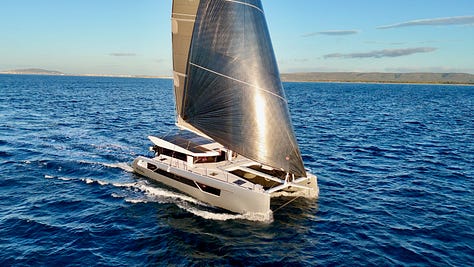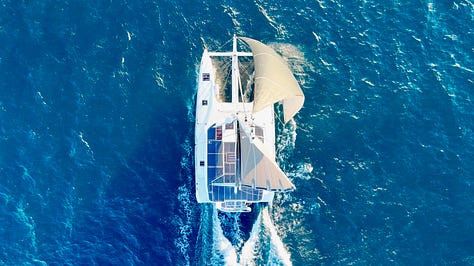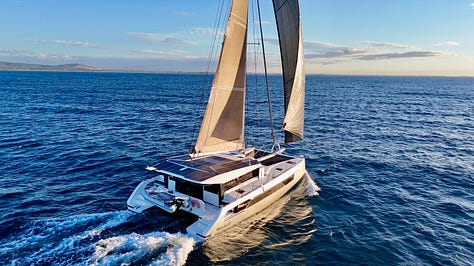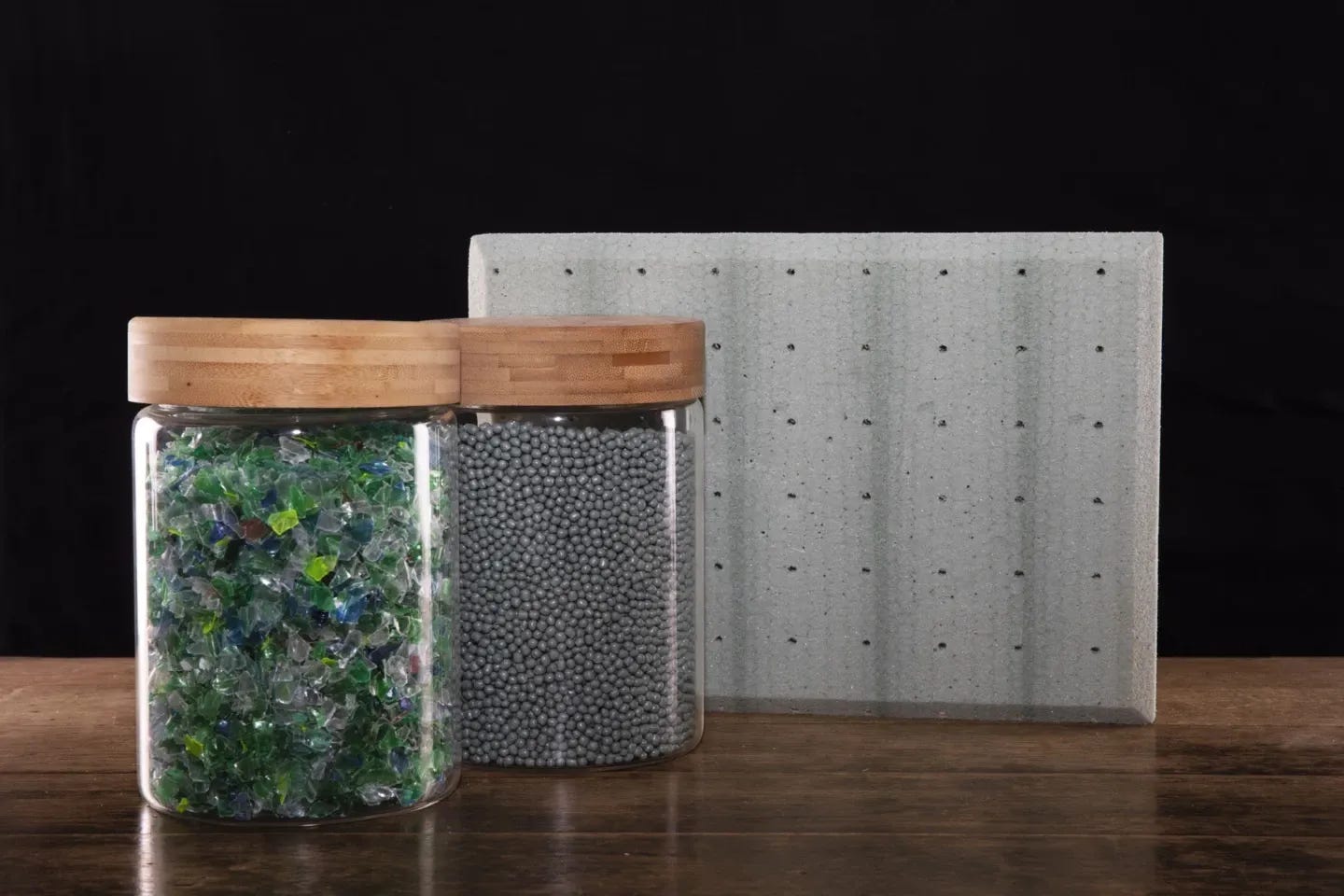From Mangrove Cleanups to Million-Dollar Catamarans
How One Broker's Passion for Ocean Conservation Found Its Place in the Future of Sailing
Since its debut in 1970, the Annapolis Sailboat Show has marked the unofficial kickoff to boat-buying season. This year carried even more meaning for me personally, because it was my first boat show as a yacht broker. While I’ve been in the boat business for a number of years, I recently joined Just Catamarans, the exclusive North American dealer for Windelo Catamarans, and I was excited (and honestly a little nervous) to represent a brand I had admired long before landing in Annapolis this past October.
“The deeper I went, the more I realized that Windelo is not simply building boats; they are reshaping the conversation around what boats can be.”
In the months leading up to the Annapolis Sailboat Show, I threw myself into Windelo’s world. I studied where the company came from, how their boats are built, and both how and why their mission balances performance and sustainability rather than choosing one over the other. I wanted to be ready for anything, from big-picture design philosophy to the finer construction details. The deeper I went, the more I realized that Windelo is not simply building boats; they are reshaping the conversation around what boats can be.
When the show opened on October 9, all my preparation came to life. With seven years in the marine industry and a personal passion for environmental stewardship, representing Windelo felt like standing at the intersection of everything I care about: boats, technology, and conservation. I was able to share that passion in parallel with other visitors stepping aboard the Windelo 50 we had on display, as they came to realize just how thoughtfully designed and constructed these boats actually were.
One of my favorite memories from the show was touring two materials engineers. As soon as I mentioned that the boat was built using basalt fiber (made from volcanic rock), their expressions changed from casual curiosity to total astonishment. When I added that the PET foam core is made from recycled plastic bottles, they were hooked. Their excitement reminded me of my own reaction when I first learned that what we as consumers use once and throw away, especially plastic bottles that often end up in our waterways, can be transformed into something strong, efficient, and capable of crossing oceans.
That connection hit close to home for me. Living in Key West, I have had the opportunity to join The Conch Republic Marine Army for mangrove and beach cleanups. We haul out all sorts of trash from the ocean - from fish nets and packaging to bicycles and even refrigerators - but plastic bottles are oftentimes the most relentless offenders. They wedge into the mangrove roots, drift across the flats, and gather under docks; reminders of how easily our waste finds its way back to us. Seeing those same bottles reborn as PET foam inside a multi-million-dollar performance catamaran feels almost poetic. It’s one thing to recycle. It is another to transform waste into a platform that takes people deeper into the natural world they are trying to protect.
A Catamaran Made from Rocks and Recycled Plastic
The question came up a lot during the show: Why would anyone build a boat out of volcanic rock and recycled plastic bottles? The short answer is that it simply makes sense. Producing basalt fiber requires less energy than fiberglass, which lowers its environmental impact. It is also lighter, stronger, and more resistant to UV, heat, and chemicals. The technology isn’t new either. Paul Dhé patented basalt fiber in 1923, and both the United States and Soviet governments have been using it for aerospace and defense applications since the 1960s. Paired with PET foam made from recycled bottles, Windelo reduces construction emissions by roughly 47% compared to similar fiberglass boats.
The more I learned, the more the story resonated. For years I’ve been showing up at cleanups through various organizations, including The Conch Republic Marine Army, feeling proud but also conflicted. I was taking trash out of the ocean while working in an industry that produces plenty of it. Annapolis 2025 and Windelo changed all of that for me. Spending five days standing onboard a sailing catamaran built from the very materials I had seen trapped in mangroves and floating across the waters of the Florida Keys felt like a huge step in the right direction. As brokers, our job is to connect people with boats. This time, though, it felt bigger. It felt like I was helping people connect with a vision for what our industry could become.
Looking back, my first boat show with Windelo and Just Catamarans was more than just five days of tours and conversations. It was a turning point, a reminder that sustainability doesn’t have to mean compromise. With the right ideas, it can mean progress.



The Big Picture
I could not have asked for a more passionate and welcoming team with Just Catamarans and Windelo, and I’m already counting down to my next opportunity to showcase these incredible boats and to help others find their passion for conservation. Whether I’m helping someone find the right Windelo catamaran or recruiting more bodies to help clean up our oceans with The Conch Republic Marine Army, I’m simply happy to be where I am, making a meaningful impact.
“Leave No Trace”
~ Boy Scouts of America Outdoor Code
Originally from Pennsylvania, I grew up in the Boy Scouts, where the principle of “Leave No Trace” sparked my lifelong passion for environmental stewardship. Today in Key West, I try to live out that mission, on the water, in the mangroves, and now at boat shows. I believe the future of sailing can be both high-performance and environmentally responsible. It’s a future worth pursuing, and one that I’m proud to be part of.






